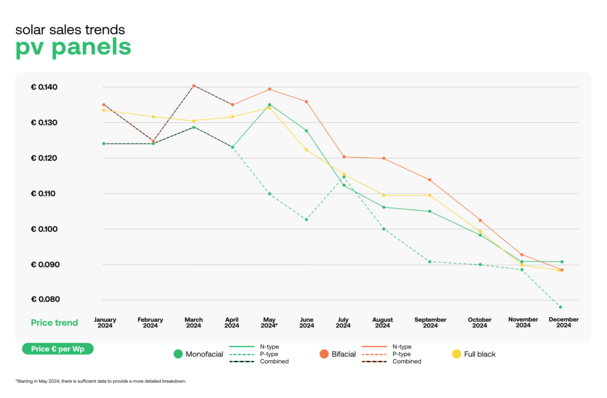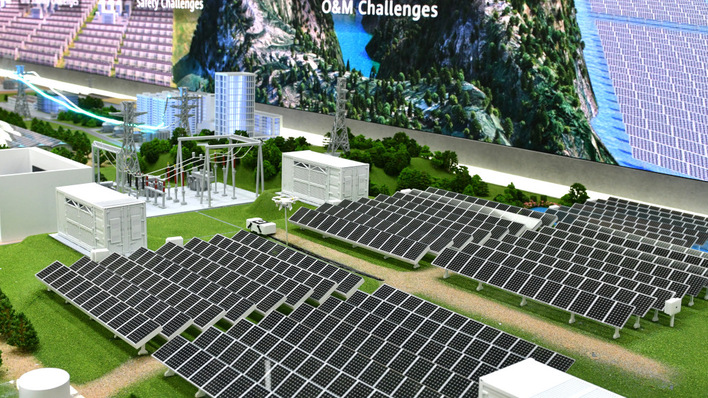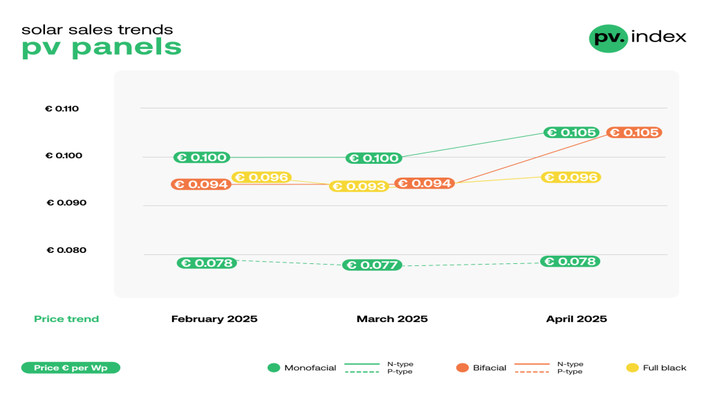What is your role in the association and what are your main responsibilities?
I am a Professor at the Faculty of Electrical Engineering and Information Technologies at the Ss. Cyril and Methodius University in Skopje, and Head of the Faculty’s Solar Energy Laboratory. In addition, I serve as an external expert for the Photovoltaic Department of the Macedonian Solar Energy Association, Solar Macedonia, where I am involved in conducting feasibility studies and delivering training programs for solar installers and engineers.
Andreas Zyber from Quantumsolarpv: quality of service pays off in a difficult market
How has PV developed in North Macedonia over the past 20 years?
The Faculty of Electrical Engineering and Information Technologies in Skopje has a long-standing research programme in PV, centred around its Laboratory for Solar Energy, established in 2000. However, the first wave of PV deployment began with the introduction of feed-in tariffs in 2009, leading to 45 MW of installed capacity by the end of 2021.
Has the energy crises in Europe impacted the number of installations?
Yes, a sharp rise in electricity prices in 2022 triggered a surge in installations, bringing the current figure to around 900 MW.
What is the status of PV in North Macedonia today?
Due to its geographical location, North Macedonia benefits from strong solar radiation, significantly better than in many European countries. The nation’s total installed photovoltaic (PV) capacity is approaching 900 MW, compared with about 2.14 GW from all other power sources combined – 48% from lignite-fueled plants, 14% from gas-fired plants, 34% from hydro, 4% from wind and 1% from biomass and biogas.
Robert Janickas of Inion: “Blackouts are a lesson learned for flexibility”
When did the largest increase occur?
Most PV systems have been installed over the past two to three years. This rapid deployment has placed strain on the transmission and distribution network. Without parallel investments in storage and grid upgrades, future PV expansion may slow.
What are the main PV deployment segments in North Macedonia – residential, commercial or utility-scale?
A balanced and just energy transition requires contributions from all three segments. While commercial and industrial as well as utility-scale PV have seen substantial growth, the residential sector is lagging. Policy support mechanisms may be needed to accelerate adoption in this segment.
Michal Marona of SolarEdge: „A market with lots of potential“
What developments do you expect in North Macedonia’s PV sector over the next 12 to 24 months – and by 2030?
North Macedonia has recently adopted a new Law on Energy designed to improve the planning of new generation and storage capacity. Several rulebooks and secondary legislation are now required to implement the law. In the short term, this regulatory process may slow the pace of new PV installations.
Can a sustained positive impact on PV growth be expected in the longer term?
Yes. Improved planning and the integration of projects into the National Energy and Climate Plan will help reduce investment risk and support long-term growth. I expect this will enable the country to exceed its strategic goal of 1.7 GW of new renewable energy capacity by 2030.
Solar Macedonia president: “Quality standards are key to sector growth”
What share of the 1.7 GW target do you expect to come from PV?
It is difficult to make precise forecasts, as several new pieces of legislation still need to be implemented. Nevertheless, the target of reaching 1.7 GW of renewable energy sources (RES) by 2030 is highly achievable and, from today’s perspective, perhaps even somewhat conservative.
What leads you to that conclusion?
Many investors are already pursuing photovoltaic (PV) and other RES projects with combined capacities several times greater than the official target, and most are not seeking financial incentives. The main obstacle is not technical but administrative because the projects require approval from the authorities. Importantly, the 1.7 GW target is not a ceiling. By combining PV systems with battery storage, the country could easily exceed this target. Achieving this will, of course, require gradual upgrades to the transmission and distribution networks, along with investments in balancing capacities.
Interview by Manfred Gorgus.









